Industry News
World Cup | Stem cell becomes the secret science behind world champions
FIFA World Cup 2022
Undoubtedly one of the most followed sporting events in the world, the Qatar World Cup 2022 officially kicks off on November 21, 2022. Besides the joy of watching the games along with billions of other viewers, soccer fans eagerly follow the key storylines: Which team will take the coveted trophy? Can we expect a breakthrough performance from the Asian teams? How will Messi and Ronaldo’s last dance play out?
Meanwhile, in today’s technologically advanced world, the World Cup is no longer just a test of players’ physical capacity and skill mastery, but also a competition of the science and technology behind the scenes.
Increasingly popular
among soccer players,
the stem cell treatment
has been received by famous stars
including CR7, Javi and Angel Di Maria
and with great effect
Stem cells help “CR7” stay in top shape
The longest injury layoff in Cristiano Ronaldo’s career so far lasted only 94 days - in June 2008, Ronaldo, who chose to undergo ankle surgery, missed 11 games. Other than that, he has never been out for more than 60 days in a row; even the serious knee injury at the Euro 2016 final that left him in tears only kept him away for 59 days.
It is well known that athletes have to go through intense training every day and engage in years-long, physically demanding competitions. At some point, their bodies are bound to accumulate various injuries, with some cases serious enough to put an early end to their sports career.
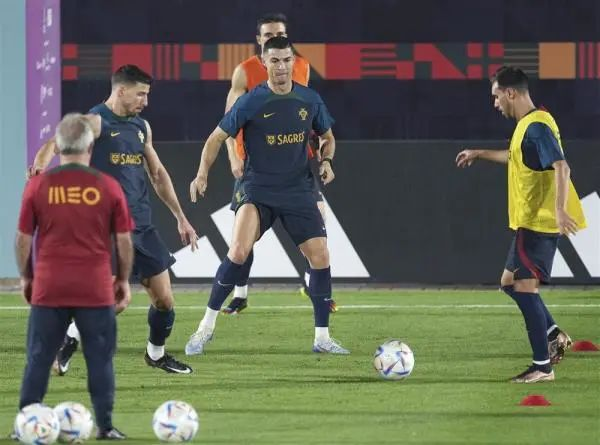
It is indeed very hard for athletes to maintain their appearances in the fierce competitions at the highest level. Without a doubt, injury is always the biggest enemy faced by the athletes.
But compared to last-gen greats like Pele and Maradona, Ronaldo is certainly more fortunate. Modern sports science and biotechnology have enabled better training regimes and rehab methods, as well as never-before-seen medical therapies. Those developments help maximize the protection of players’ bodies during high-intensity training and competition, while slowing down the physical declines during their career. In particular, the miraculous therapeutic effects of the stem cells should not be overlooked.
Back in 2016, the commentator Manolo Lama from Spanish radio station COPE reported that the Real Madrid star Cristiano Ronaldo appeared at Ruber International Clinic. After receiving an MRI scan, Ronaldo was diagnosed with a hamstring tear. He then underwent stem cell treatment In order to catch the May 4 Champions League second leg match with Manchester City. Previously also used for treating Nadal's knee injury, the treatment accelerates the recovery of the torn area.
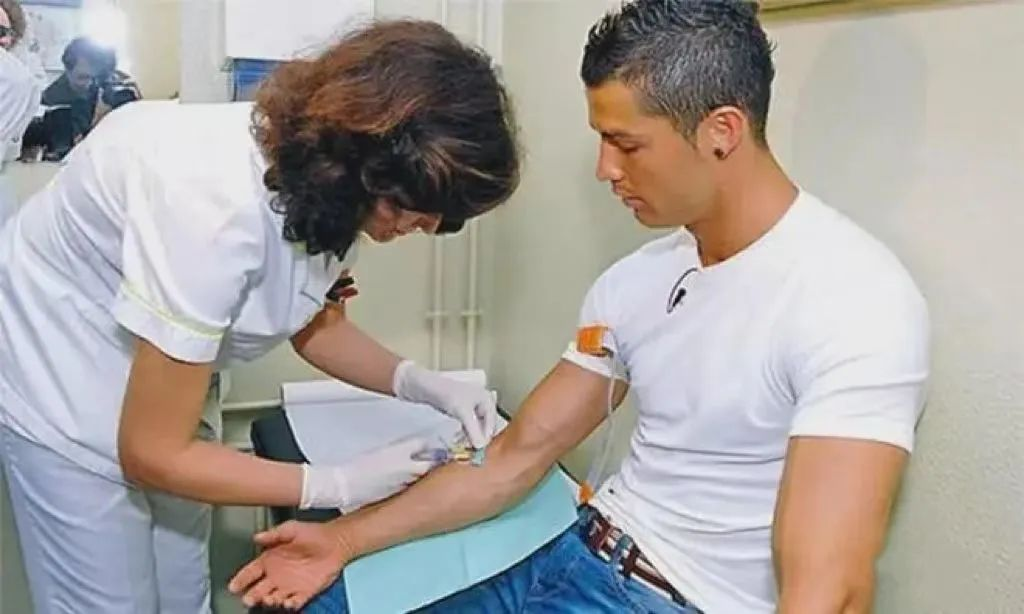
The specific treatment reportedly involves extracting bone marrow stem cells and injecting them back at the site of injury on CR7's left leg. This method utilizes stem cells’ homing ability to quickly locate the injury and repair the damaged muscle tissue.
As with other types of stem cells, the bone marrow stem cells that Ronaldo used are capable of self-replication, differentiation and paracrine-induced tissue regeneration, which can repair damaged muscle ligaments and tissues. In this way, the stem cells that enter the body are able to secrete a variety of growth factors that promote cell proliferation, which then activate and restore the renewal and metabolism of tissues and organs, thus slowing down the aging of the organism.
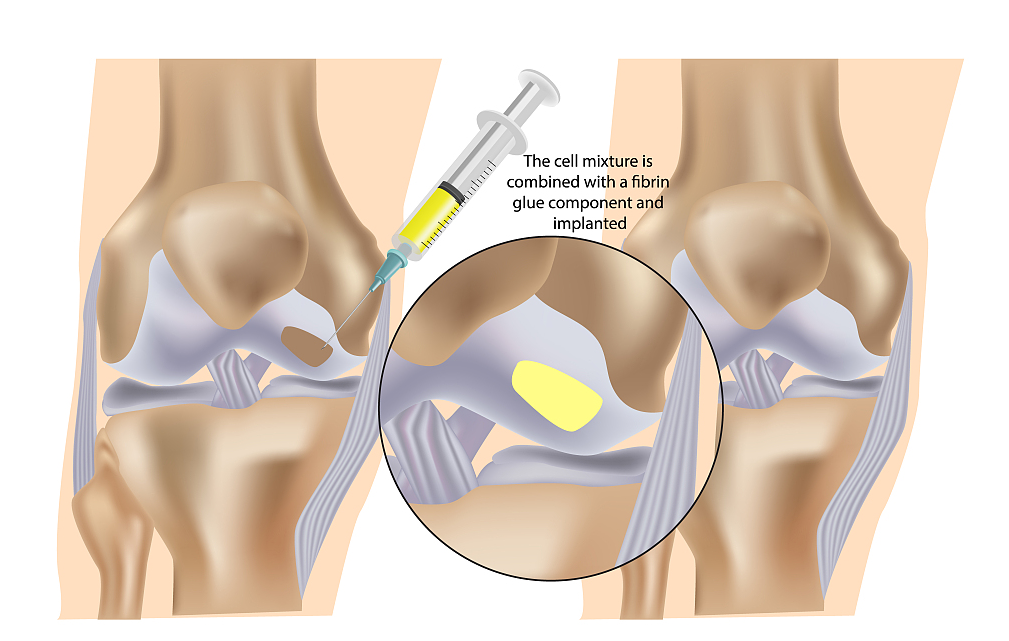
The stem-cell-based intervention shortened the rehab period by half, which usually requires almost a month. Ronaldo returned to action 14 days after his injury and led Real Madrid to claim that season’s Champions League trophy, within the same year of his recovery.
Ronaldo’s career has benefited greatly from the miraculous effects of stem cells. His strict self-discipline, in diet and other aspects of personal life, helps him to gain further advantage ahead of others. These, are what help him achieve the all-time record of 807 goals.
Stem cell assists the speedy recovery of the “Angel”
Let’s look back to the 2014 World Cup, where Argentina's star Di Maria was diagnosed with "grade 1 muscle strain" due to a torn muscle in his right leg, forcing him to withdraw from the World Cup early. Without the "Angel", Argentina was eventually crushed by the German panzers in the final and came second.
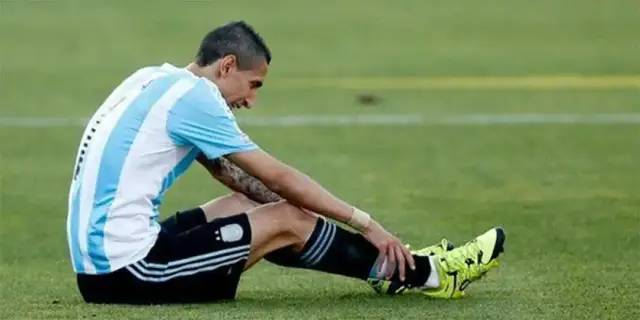
After the match, the Argentine Football Federation arranged a stem cell treatment for Di Maria. The method can alleviate the pain in the leg and accelerates the regeneration of damaged cells. The stem cell therapy proved very effective for his injury.
Di Maria’s goal in the 2021 Copa America final was in the same style as his goal in the 2008 Olympic final: from the same wing, with the same brilliant volley, and both decisive. The difference is that the 20-year-old has now turned 33. For the 2022 Qatar World Cup, Messi hopes to make up for the missed opportunity in the 2014 final, where Di Maria failed to even appear due to his injury. This time, he won’t miss a match.
In sports, there are in fact many other stars we are familiar with who have benefited from cell therapy.
Kobe Bryant received cell therapy to treat his right knee in 2011, when he was a slump due to a knee injury. The cell therapy effectively mitigated his condition, allowing Kobe to extend his career and retire on a more satisfactory note.
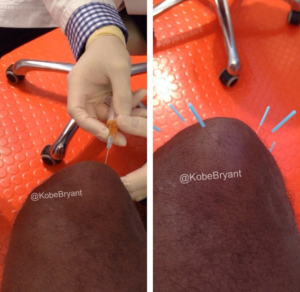
The efficacy of cell therapy has been more widely proven in recent years, with more athletes embracing this simple but highly effective treatment. Among them are the tennis icon Rafael Nadal, the golf legend Tiger Woods, and the NBA stars Dwight Howard, Andre Iguodala and Andrew Bogut.
In these ever-changing times, the development in regenerative medicine, especially the stem cell therapy, has not only benefited ordinary people with better health and delayed aging, but also allowed the venturous to fulfill their dreams, transcend themselves and conquer the very pinnacle of athletic prowess. This is what scientific progress is all about — to elevate human achievements to ever greater heights.